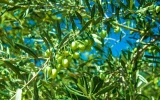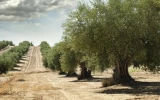15 Interesting Facts About Olive Trees You Probably Don't Know
Olive trees, with a history dating back over 6,000 years, are among the oldest known cultivated trees in the world, originating from the Mediterranean basin. These ancient trees are not only valued for their durable wood and the production of olives and olive oil but also for their symbolic significance in various cultures. This article will uncover lesser-known facts about their biology, cultivation, historical significance, and economic impact.
Olive trees can live for over 2,000 years, with some in the Mediterranean purportedly over 3,000 years old. They can withstand droughts, diseases, and fires, thanks to their robust and resilient nature. The olive branch is a symbol of peace and victory, rooted in ancient Greek mythology and used globally.
An olive tree's root system can extend up to three times the canopy's width, stabilizing the soil and preventing erosion. Let's find out more interesting facts about olive trees as you read further.
Summary
- Olives progress from green, firm, and bitter to dark purple or black and milder in taste through their ripeness stages, influencing their use in culinary applications and oil production characteristics.
- The expansive root system of olive trees supports their growth and resilience, enabling efficient nutrient and water uptake across a broad area, which is particularly beneficial in arid conditions.
- The curing process is essential to transform olives from their naturally bitter state to palatable food, with various methods such as water, brine, dry salt, and lye curing altering flavor profiles and textures.
- Olive trees exhibit remarkable resilience to environmental stresses, including drought, disease, and fire, demonstrating their adaptability and long-standing cultivation viability.
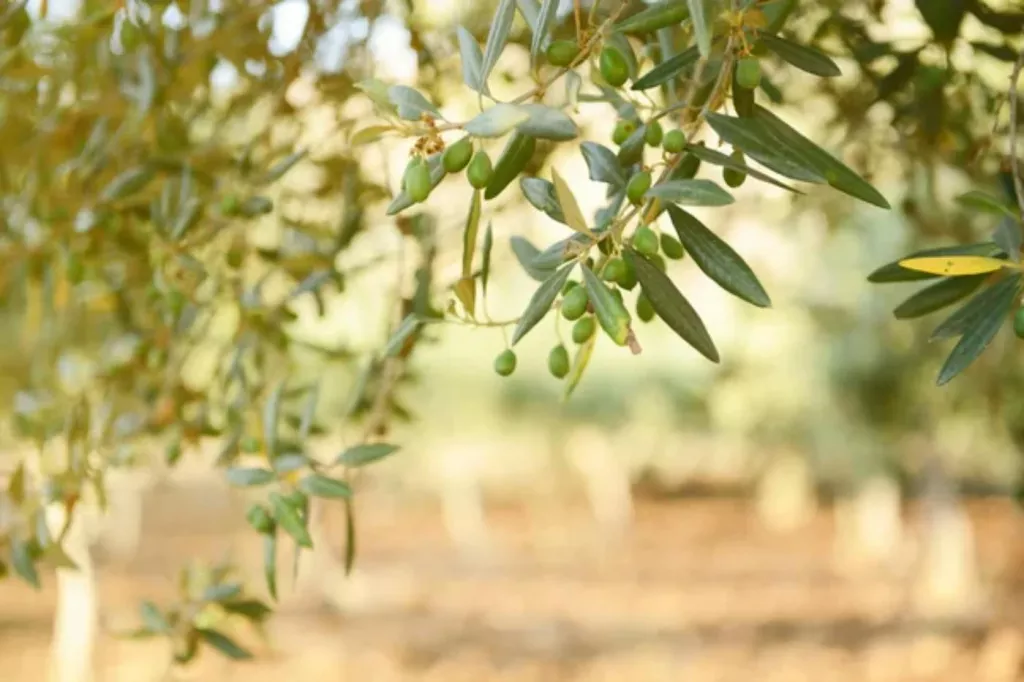
On this page:
- Olive Trees Can Live for Over 2,000 Years
- Olive Oil Has Long Been Used in Ancient Societies
- Olive Trees Are Native to the Mediterranean Basin
- There Are Over 500 Varieties of Olive Trees
- Olives Are Harvested Green to Black
- Olive Trees Start Bearing Fruit Around 3-12 Years Old
- Olive Trees Are Pollinated by Wind
- An Olive Tree's Root System Is Quite Expansive
- Olive Wood Is Valuable for Woodworking
- Olives Need to Be Cured to Make Them Palatable
- Olive Trees Are Very Resilient
- Climate Change Poses a Threat to Olive Production
- Olives Have Many Health Benefits
- The Olive Branch Is a Symbol of Peace and Victory
- Olive Trees Hold Significant Economic Value Globally
Olive Trees Can Live for Over 2,000 Years
Historical significance of olive trees
Olive trees carry more than just fruit; they embody a rich narrative woven into the fabric of human history.
Imagine, some olive trees you see today might be over 2000 years old, having witnessed the rise and fall of empires.
On the Greek island of Crete, olive cultivation traces back to ancient times, playing a pivotal role in the Minoan civilization.
The tree's fruit and oil were, and still are, cornerstones of Mediterranean cuisine, trade, and lifestyle.
Your favorite olive oil could have distant roots in age-old groves spread across Asia, France, Italy, Spain, and Greece; regions that each developed distinct olive cultivating traditions.
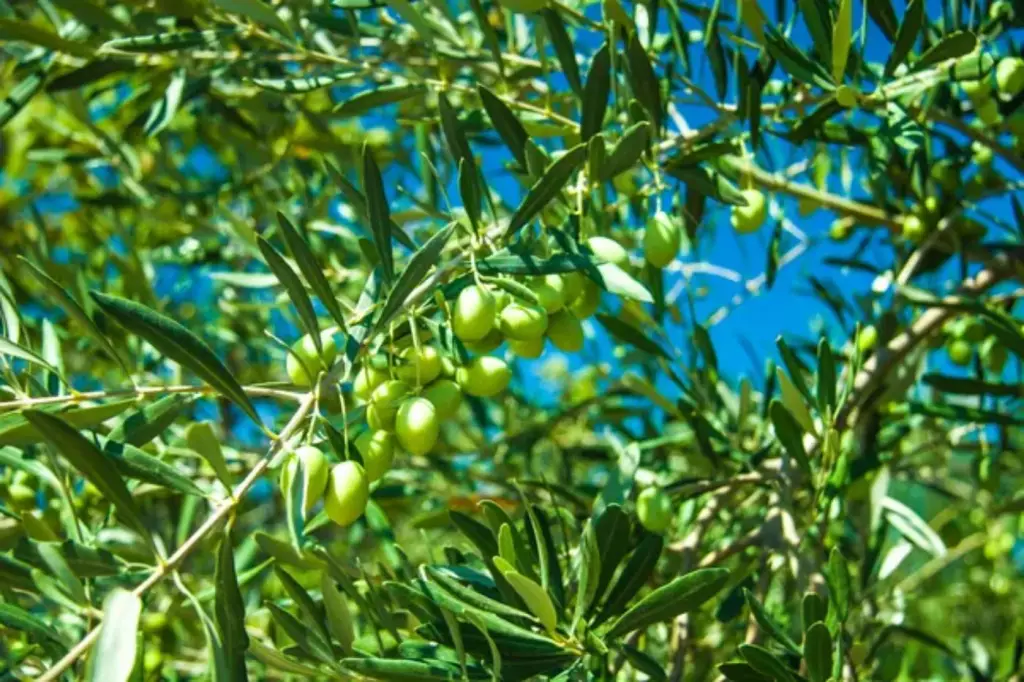
- Italy intertwines olives with its cultural identity, where pressing olives is akin to crafting art.
- Spain's olive trees paint a picture of resilience, dotting landscapes with their twisted, age-old trunks.
- Greece honors the olive tree as a national treasure, integrating olive leaves into symbols of excellence and victory.
Olive Oil Has Long Been Used in Ancient Societies
Ancient civilizations, particularly the Greeks and Romans, held olive oil in high esteem, integrating it into various facets of their daily lives and culture.
Culinary uses
In the culinary realm, olive oil was a staple ingredient in the diet of ancient Greeks and Romans. It was used as a cooking medium, a dressing for salads, and as a base for sauces.
Medicinal uses
The Greeks and Romans believed in the healing power of olive oil, using it to treat wounds, soothe pains, and maintain overall health. Its use in massage and as a carrier oil for medicinal herbs further underscores its significance in ancient medicine.
Ceremonial uses
In ancient Greece, olive oil was a key part of the Panathenaic Games, where winners were awarded amphorae filled with precious oil.
Similarly, the Romans used olive oil in religious ceremonies and as a symbol of peace and purification. The olive branch and oil were symbols of peace, wisdom, and victory, deeply ingrained in their mythology and religious practices.
Olive Trees Are Native to the Mediterranean Basin
This region, encompassing parts of Europe, Africa, and Asia, provides the ideal climate and conditions for olive trees to thrive.
Olive trees thrive in the Mediterranean Basin for several reasons, making this region exceptionally well-suited for their growth:
Climate match
Olive trees prefer the specific climate pattern found in the Mediterranean, characterized by hot, dry summers and mild, wet winters. This climate helps reduce the diseases and pests that can affect the trees.
Soil adaptability
While olive trees can thrive in a variety of soil types, they perform best in well-drained soils. The Mediterranean's diverse geological landscape offers an abundance of suitable locations for olive cultivation, from coastal plains to hilly terrains.
Long growing season
The mild winters and long, warm growing seasons in the Mediterranean enable olive trees to flower and fruit effectively. This extended period is crucial for the development of olives, contributing to both the quantity and quality of the harvest.
There Are Over 500 Varieties of Olive Trees
Olive trees, known scientifically as Olea europaea, are incredibly diverse, with over 500 varieties cultivated around the world.
These varieties exhibit a wide range of characteristics in terms of fruit size, shape, color, flavor profiles, oil content, and adaptability to different climates and soil types.
| Variety Name | Origin | Fruit Characteristics |
|---|---|---|
| Arbequina | Spain | Small, brownish-purple |
| Kalamata | Greece | Large, dark purple |
| Manzanilla | Spain | Medium, green |
| Frantoio | Italy | Medium, green to purple |
| Picual | Spain | Large, green |
| Koroneiki | Greece | Small, green to black |
| Leccino | Italy | Medium, green to black |
| Picholine | France | Medium, green |
-
Arbequina: This variety is renowned for its high oil content and fruity flavor profile. Arbequina olives are small but prolific, making them a favorite among olive oil producers. They are particularly suited to the warm climates of Spain and California.
-
Kalamata: Famous for their distinctive dark purple color and almond shape, Kalamata olives are primarily grown in Greece. They have a rich and fruity flavor, making them excellent for consumption as table olives.
-
Manzanilla: These olives are versatile, used both for oil production and as table olives. Manzanilla olives are known for their pleasant taste and firm texture, making them popular in olive bars and as cocktail olives.
-
Frantoio: This Italian variety is highly regarded for olive oil production due to its robust flavor and high oil yield. Frantoio olives adapt well to different climates, although they thrive in their native Mediterranean conditions.
-
Picual: Picual olives are the most widely cultivated variety in Spain, known for their high oil content and distinctive taste, contributing to the strong, peppery flavor of the oil. They are also quite hardy, making them suitable for various climates.
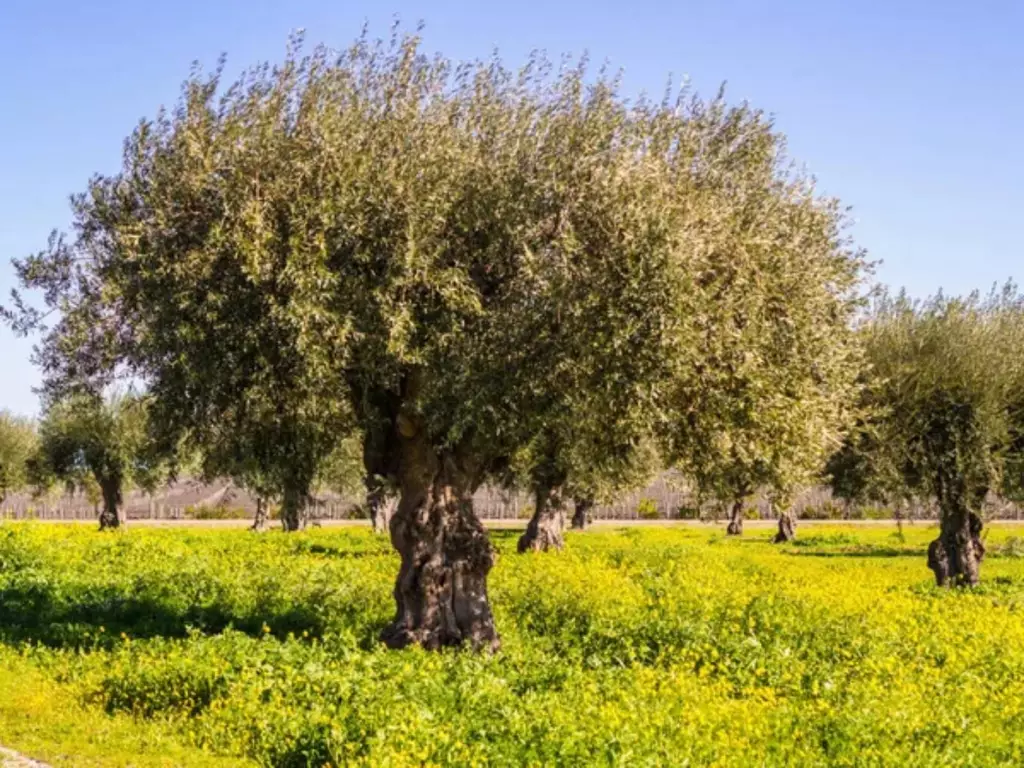
-
Koroneiki: Originating from Greece, Koroneiki olives are small but mighty, known for their exceptional oil quality with a robust, peppery flavor profile. They are well-suited to the warm, dry climates of the Mediterranean region.
-
Leccino: This variety is one of the most widespread Italian olives, appreciated for its mild and fruity oil. Leccino trees are notably cold-tolerant, expanding their cultivation possibilities.
-
Picholine: Originally from France, Picholine olives are primarily used as green table olives, known for their crisp texture and slightly nutty flavor. They can also be pressed for oil.
Olives Are Harvested Green to Black
Stages of olive ripeness
Green stage
This is the initial stage of the olive's life cycle. Olives are firm and not fully mature. At this stage, the fruit contains high levels of chlorophyll, which gives it a green color.
Olives harvested at this stage are typically used for making green table olives because of their firm texture and somewhat bitter, vibrant flavor. The oil produced from green olives is often characterized by a grassy, peppery, and more pungent flavor, highly prized in some culinary traditions.
Veraison or turning color stage
During this transitional stage, the olives begin to change color from green to a lighter yellow-green, then to pink, and eventually to purple.
This change indicates that the fruit is starting to ripen. The olives contain a mix of chlorophyll and carotenoids at this stage, leading to the variation in color.
Olives harvested in the veraison stage offer a balance between the robust flavors of the green olives and the smoother, more rounded flavors of the fully ripe olives.
Black stage
In the final stage of ripeness, olives turn from purple to dark purple or black, indicating full maturity.
The fruit at this stage has a higher oil content and a softer texture, with a flavor profile that is milder and less bitter compared to olives picked during the earlier stages.
Black olives are often used as table olives and for oil production. The oil extracted from fully ripe olives tends to have a smoother, more buttery flavor, with less bitterness and pungency than oil from green olives.
Olive Trees Start Bearing Fruit Around 3-12 Years Old
Initial fruit bearing
Olive trees beginning to bear fruit around 3-12 years after planting is an interesting phase, as this timeframe can depend on several factors:
- Cultivar: Some olive tree varieties start producing fruit sooner than others. Early-bearing varieties can offer quicker returns for growers, which is particularly appealing in commercial operations.
- Propagation method: Trees grown from cuttings or grafted plants may bear fruit sooner than those grown from seeds. This is because they essentially skip the juvenile phase of a seed-grown plant.
- Growing conditions: Optimal soil, climate, and adequate water supply can encourage earlier fruit production. Olive trees thrive in Mediterranean climates with hot, dry summers and mild winters but can adapt to a range of conditions if properly cared for.
Olive trees reach full productivity only after 20-50 years
The journey to full productivity, taking 20-50 years, is a testament to the olive tree's slow maturation process but also to its potential for remarkable longevity and productivity over time. This phase is crucial for several reasons:
- As olive trees mature, the quality of the fruit they produce can improve, influencing the taste, aroma, and chemical properties of olive oil or table olives.
- Older trees tend to have more stable yields from year to year, although they may still experience alternate bearing (fluctuations in fruit production from year to year).
- For olive growers, the long wait for full productivity is a significant investment in time and resources. However, the longevity of olive trees, which can produce fruit for hundreds of years, may eventually offer substantial economic benefits.
Olive Trees Are Pollinated by Wind
Olive trees are primarily pollinated by the wind, which means that pollen is carried from the male parts of flowers (anthers) to the female parts (stigmas) through the air rather than by insects or animals.
Some olive tree varieties are self-fertile, meaning they can produce fruit with their pollen. However, other varieties are not self-fertile and require cross-pollination to bear fruit.
Cross-pollination involves the transfer of pollen from the flowers of one olive tree variety to the flowers of another compatible variety.
This diversity in pollination requirements can influence how olive orchards are planted and managed, as growers must consider the need for compatible varieties to ensure effective pollination and optimal fruit production.
An Olive Tree's Root System Is Quite Expansive
The root system of an olive tree is quite expansive, capable of extending up to three times the width of the tree's canopy.
This extensive root system allows the olive tree to effectively search for water and nutrients over a wide area, supporting its growth and productivity.
This characteristic is particularly beneficial in dry and nutrient-poor conditions, common in many of the regions where olive trees thrive. The wide-reaching roots also help stabilize the tree in the soil, reducing the risk of erosion around it.
Olive Wood Is Valuable for Woodworking
Olive wood is prized in woodworking and the creation of decorative items due to its unique characteristics. Here's a closer look at why olive wood is so valuable in these fields:
Density and durability
- Density: Olive wood is known for its high density, making it a very hard and strong material. This density contributes to the wood's durability, resistance to wear, and ability to withstand the stresses of daily use without easily getting damaged or deformed.
- Durability: The natural oils within olive wood not only give it a distinctive fragrance but also enhance its durability. These oils help to repel water, reducing the risk of warping and rotting.
Aesthetic appeal
- Grain and color: Olive wood features a striking grain pattern that can vary significantly from piece to piece, including swirls and complex figures that are highly valued for their beauty. The color of olive wood also varies, typically presenting a rich, warm spectrum of creamy yellows and browns, with darker streaks adding to its visual interest.
- Finish: The wood's density allows it to take on a fine finish, enhancing its natural patterns and making it even more attractive for decorative items. Its ability to be polished to a high sheen helps in highlighting its beautiful grain patterns.
Olives Need to Be Cured to Make Them Palatable
Curing olives is an essential process that transforms the naturally bitter fruit into a delicious, savory snack or ingredient. Fresh olives contain oleuropein, a bitter compound that makes them unpalatable.
The curing process removes or reduces this bitterness, making the olives edible. There are several methods for curing olives, each with its unique approach and flavor outcome:
Curing olives via water
Water curing involves soaking the olives in water for some time. The water is changed daily to help leach out the oleuropein. This process can take several weeks and is one of the simplest methods, although it can result in a less flavorful olive compared to other methods.
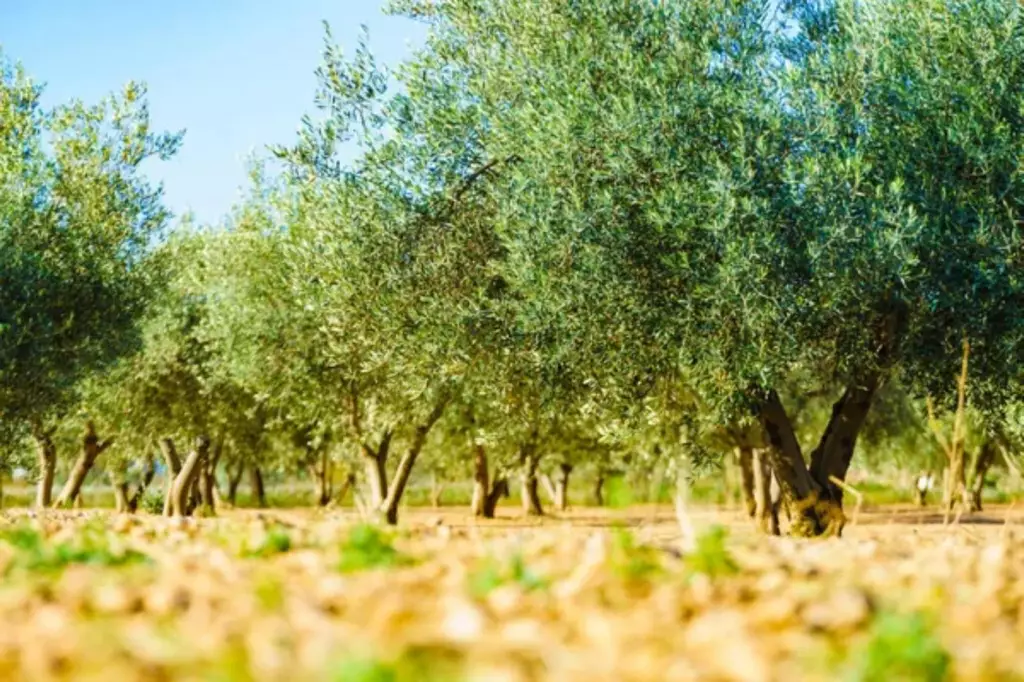
Brine curing
Brine curing uses a solution of water and salt. The olives are submerged in the brine, which can also contain herbs and spices to enhance flavor.
This method is slower than lye curing but is popular for its ability to impart a rich, distinctive flavor. The brine also acts as a preservative, allowing the olives to be stored for extended periods.
The process can take from a few weeks to several months, depending on the olive variety and desired taste.
Dry salt curing
In this method, olives are layered with salt, which draws out moisture and reduces the oleuropein content. The olives gradually shrivel as they lose moisture, resulting in a dense, salty flavor.
After curing, the olives may be rinsed and then preserved in oil or more brine. This method is often used for black olives and can take up to a month or more.
Lye curing
Lye curing is the fastest method, using a strong alkaline solution to remove bitterness. The olives are soaked in the lye solution for a few hours to a few days, depending on the olive type and size.
Afterward, they are thoroughly washed to remove all traces of lye, then often brine-cured to add flavor. This method requires careful handling due to the caustic nature of lye.
Olive Trees Are Very Resilient
Olive trees (Olea europaea) are renowned for their resilience and ability to withstand harsh environmental conditions:
They are drought-tolerant
Olive trees have a deep root system that allows them to access water from deeper soil layers, providing them with the ability to survive prolonged periods of drought.
The leaves of olive trees are adapted to minimize water loss. They have a silver-colored underside that reflects sunlight, reducing water evaporation from the leaf surface. Additionally, their leaves can close their stomata (tiny openings on the leaf surface) to conserve water.
They are disease-resistant
Olive trees have evolved with a set of genetic traits that confer resistance to many common plant diseases. While not immune to all diseases, they are resistant to some pathogens that commonly affect other plants.
They can easily recover from fires
Olive trees have an extraordinary capacity to regenerate after being damaged by fire. They can sprout new growth from their roots and even from the trunk if the damage is not too severe.
Additionally, the bark of olive trees provides a certain level of protection against fire. It can insulate the vital parts of the tree from the heat of a fire, allowing it to survive and regenerate afterward.
Climate Change Poses a Threat to Olive Production
Climate change impacts olive production through several key mechanisms related to rising temperatures and changing weather patterns:
Effects of temperature increases on olive production
Olive trees thrive in Mediterranean climates with mild winters and hot, dry summers. However, excessive heat can stress trees, reduce fruit set (the process where flowers develop into fruit), and lower oil quality.
Extreme heat waves can also accelerate ripening, leading to earlier harvests and potentially reducing yields.
Altered precipitation patterns
Changes in rainfall patterns, including both droughts and heavy rain events, can affect olive cultivation.
Drought stress can lead to reduced yields and affect oil composition, while excessive rain can lead to fungal diseases and make harvests more challenging.
Seasonal shifts
Climate change can cause shifts in the timing of seasonal cycles, affecting flowering and fruit development. This can lead to mismatches between critical phases of olive tree development and the optimal environmental conditions, potentially reducing pollination success and yield.
Olives Have Many Health Benefits
Olive trees yield a valuable fruit that is packed with nutritional benefits. The star product derived from olives is olive oil, which is heralded for its health advantages. Here's what you should know about the nutritional impact of olives and their oil:
- Healthy fats: Olive oil is high in monounsaturated fats, specifically oleic acid, which can help reduce the risk of heart disease.
- Antioxidants: This oil is rich in antioxidants, such as vitamin E and polyphenols, which protect your cells from damage.
- Anti-inflammatory properties: Compounds found in olive oil, like oleocanthal, have been shown to work similarly to ibuprofen in reducing inflammation.
| Nutrient | Benefit |
|---|---|
| Monounsaturated fats | May lower heart disease risk |
| Vitamin E | Supports immune function |
| Polyphenols | May protect against chronic diseases |
Including olive oil in your diet could support your health in various ways, from improving cholesterol levels to boosting your immune system.
When you choose olive oil, you’re not just adding flavor to your food; you’re contributing to a healthier you. Remember, moderation is key, as olive oil is high in calories.
The Olive Branch Is a Symbol of Peace and Victory
Olive trees are deeply intertwined with the cultural fabric of the Mediterranean, symbolizing peace, serenity, and tradition. Their significance transcends mere agriculture, embedding them into the lifestyle and heritage of various regions.
-
Italy stands out for its olive trees that define its landscape and culinary arts. The country prides itself on a diverse array of olive varieties, such as Frantoio and Leccino, pivotal to its rich olive oil tradition.
-
In Crete, olive trees are cherished as historic treasures, encapsulating the island's spirit and traditions. The Koroneiki olive variety, in particular, symbolizes the resilience and character of Crete, where olive branches have been a peace emblem since ancient times.
-
Greece is renowned for Kalamata olives, a cornerstone of its heritage that epitomizes the nation's agricultural ethos.
-
Spain and Sicily contribute bold flavors to the olive spectrum with Gordal Sevillano and Nocellara del Belice, respectively, showcasing the rich culinary identities of each region.
-
The Niçoise olive embodies the quintessence of French cuisine, offering a glimpse into France's gastronomical landscape.
-
To the east, Tunisia's Chemlali and ancient varieties in Syria stand as living monuments of these areas' enduring cultural and regional identities.
Olive Trees Hold Significant Economic Value Globally
The olive oil industry is particularly lucrative. Its products are a staple in kitchens and restaurants.
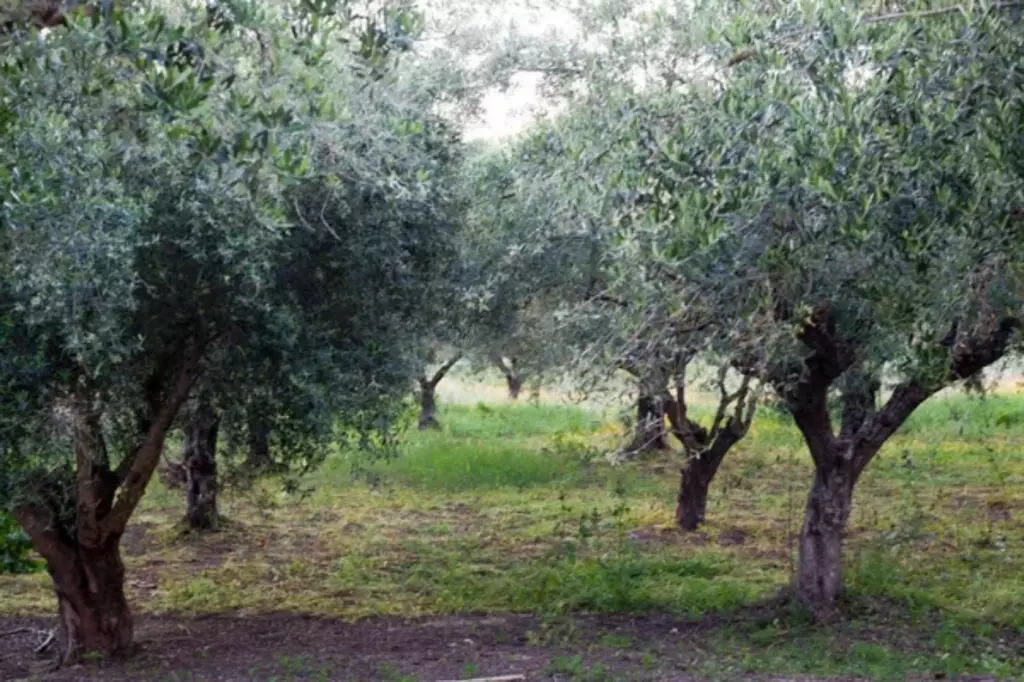
You might find Arbequina olives in your oil. They're a Spanish variety prized for their high oil content and are also well-suited to California's growing conditions.
Top olive oil producers
| Country/Region | Notable Characteristics |
|---|---|
| Spain | World's leading producer, known for a wide variety of olives, including Arbequina. |
| Italy | Famous for high-quality olive oil, especially from the Tuscan region. |
| Greece | Renowned for its rich, flavorful olive oil, integral to the Mediterranean diet. |
| Puglia (Italy) | A key producing region within Italy, noted for its distinct olive oil varieties. |
The top olive oil producers globally include Spain, Italy (notably the Tuscan region), Greece, and the Puglia region in Italy. These areas are renowned for their optimal growing conditions, which allow for the production of high-quality olive oil.
Spain, in particular, is the world's leading producer, thanks to its vast expanses of olive groves and advanced production techniques.
Olive oil's application extends far beyond cooking, where it is used for dressing salads, cooking, and as a finishing oil. It also plays a substantial role in the cosmetics industry, where it is valued for its moisturizing properties, and in the pharmaceutical industry, for its health benefits.

